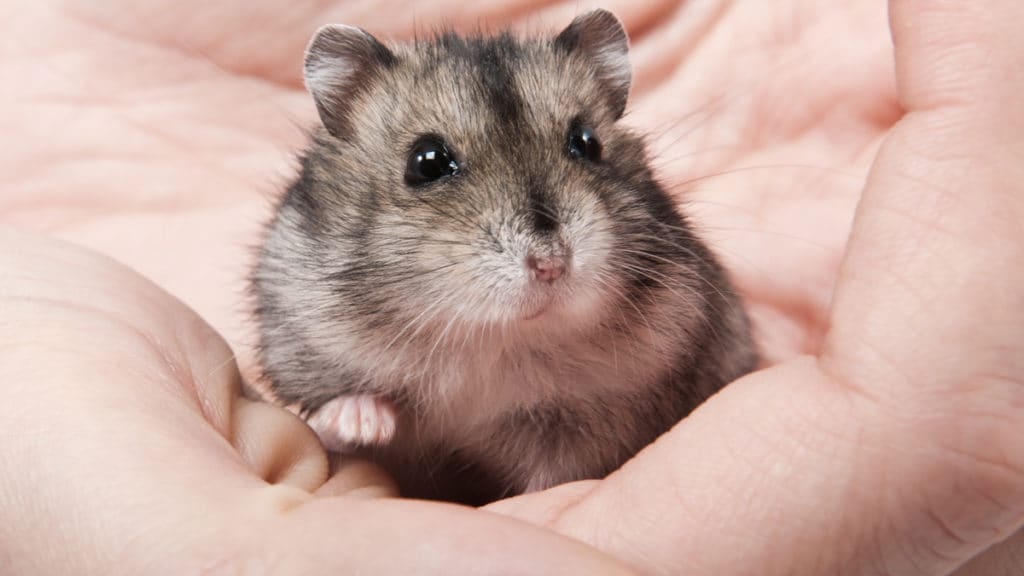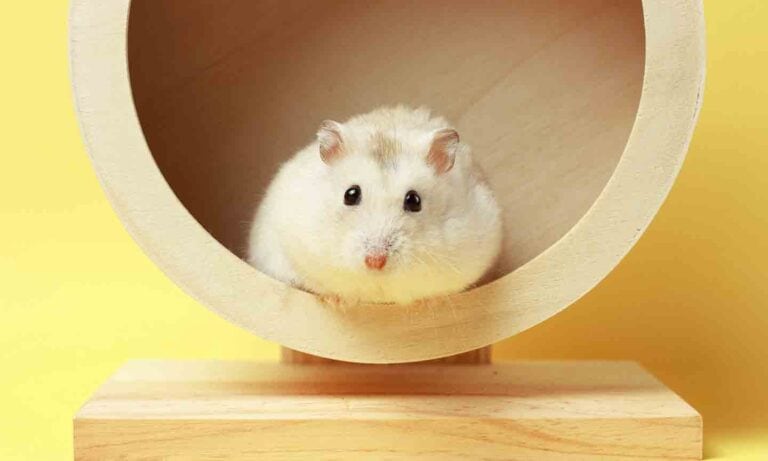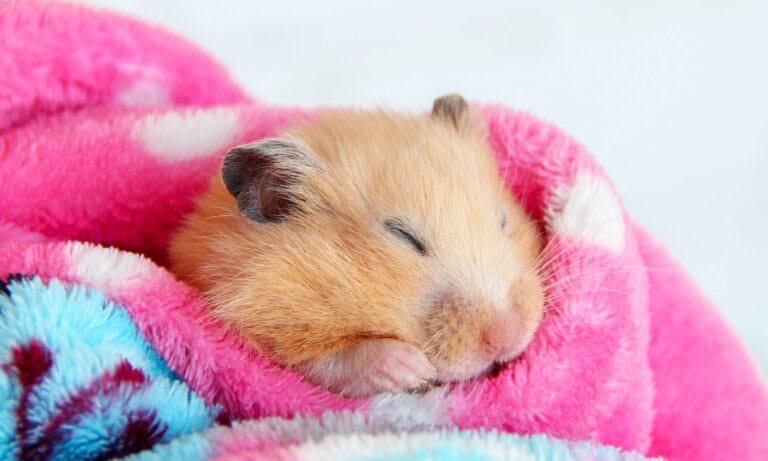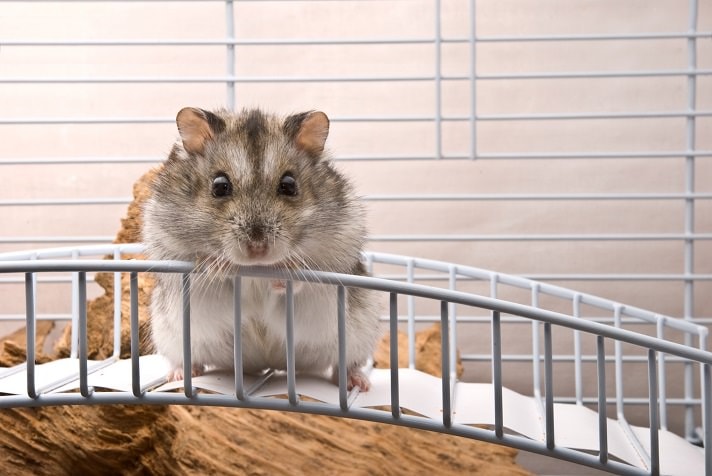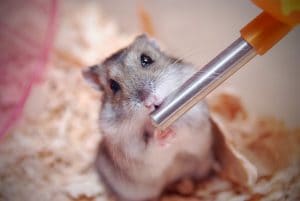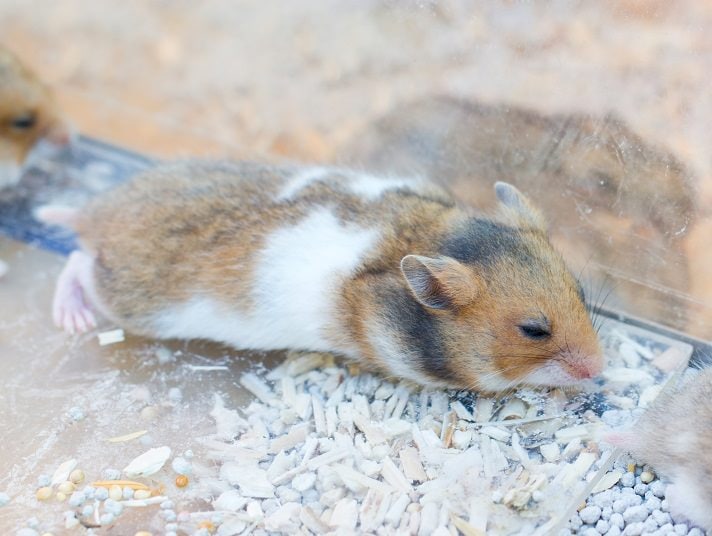With this entry I’ll depart from quoting a specific message I’ve received because I receive so many with the same concern, which can be summed up by the exclamatory subject line, “Help, my hamster’s claws are out of control!” There’s a way to correct this, and it’s even fun for both hamsters and their people!
I’ve talked a lot about the fact that hamsters love to climb all over us. Though seemingly oblivious to our presence, I firmly believe we’re more than just “moving mountains” to them—I really think that hamsters get a kick out of being in control of (by virtue of their not being devoured by) a big, ferocious beast (us). And let’s face it, we get a kick out of it, too. Except when a particularly athletic hamster suddenly grabs at a soft forearm or ear to boost himself up, and we get the shock of tiny but terrifically sharp claws on our flesh.
The Tiny Pricks Of Long Nails On Hamsters
A hamster’s claws can become sharp from everyday contact with the ground. And the claws are greatly helpful to hamsters, not for defense, where they aren’t of much use, but in grabbing food and gathering nesting materials.
Our pets may not have much contact with surfaces that wear down the claws, so nails can grow wildly out of control, sometimes even corkscrewing and becoming an impediment to natural movement. Hamster owners can cut the claws with a baby-sized nail clipper, but hamsters don’t like having their movement restricted severely, and when they start fidgeting there’s a danger you might accidentally cut too deep or haphazardly.
Fixing The Problem Of Long Hamster Nails
Here’s a fun way to fix the problem. All you need is a small piece of scrap wood about 8 inches long, some emery paper and a treat your hamster likes. Optionally, you can add a string and a small stick.
Emery paper is the finest sort of sandpaper available. It is often used for fine metalwork and in jewelry making. You can find it at many craft and hobby stores, as well as hardware stores and online. Scrap wood is readily available, if not around the house, at the local lumber store. But when I describe the procedure you’ll see there’s lots of room for improvisation. An old, unwanted book might do.
Staple or glue the emery paper to the scrap wood. Grab a morsel of your hamster’s favorite treat: a nut, a raisin or a commercially made treat. (I prefer to offer natural treats like fresh fruit or a plain cracker with a bit of peanut butter, or other everyday foods like these. Just remember the rule, “everything in moderation.”)
Place your hamster on a large, safe surface, such as a table or couch, and tempt him or her with the treat. Your hamster will (as hamsters do) follow his nose. As the hamster walks toward the treat, put the board with the abrasive paper in front of him, and when the pet starts to walk on the board, slowly and gently incline it. Keep increasing the slope slightly as your hamster walks toward the treat, until just at the point where the hamster begins to slip a bit, and then keep it at that angle. It may be a bit of a tease, which isn’t nice, but it’s for a very good purpose!
As your hamster struggles up the incline, he blunts the edges of his claws. You needn’t worry about hurting his feet, because when the incline is such that the hamster is slipping, he will tend to try to use his claws to dig in. And, of course, you need only do this procedure if the need arises.
Many hamsters do just fine trimming their claws in the normal process of grooming. Some elder hamsters are not as meticulous about it, and for reasons that I’m not sure anyone can explain with certainty in every case, some hamsters are just prone to having their claws grow quickly and excessively long. I’d say that nine out of 10 hamsters don’t need an extraneous trimming, but if your hamster does, he’ll be relieved if you provide a helping hand, and this is an amusing and engaging way to do it. Despite this therapeutic tease, there will be no hard feelings once you reward your hamster with the treat he eagerly pursued.
I mentioned that a stick and thread can be used as well. This is mainly for effect, of course, but by now you’ve got the picture. Bobbing the treat before your hamster increases his enthusiasm. You can dangle the treat on the thread, which is tied to a stick or pencil, (you’ll remove the treat from the thread before rewarding your hamster, of course). Hamster fishing! Except that in this case the “fish” gets dinner, instead of becoming it.
Have fun!
Posted By: Chewy Editorial
Featured Image: via Hintau Aliaksei/Shutterstock
Share:
